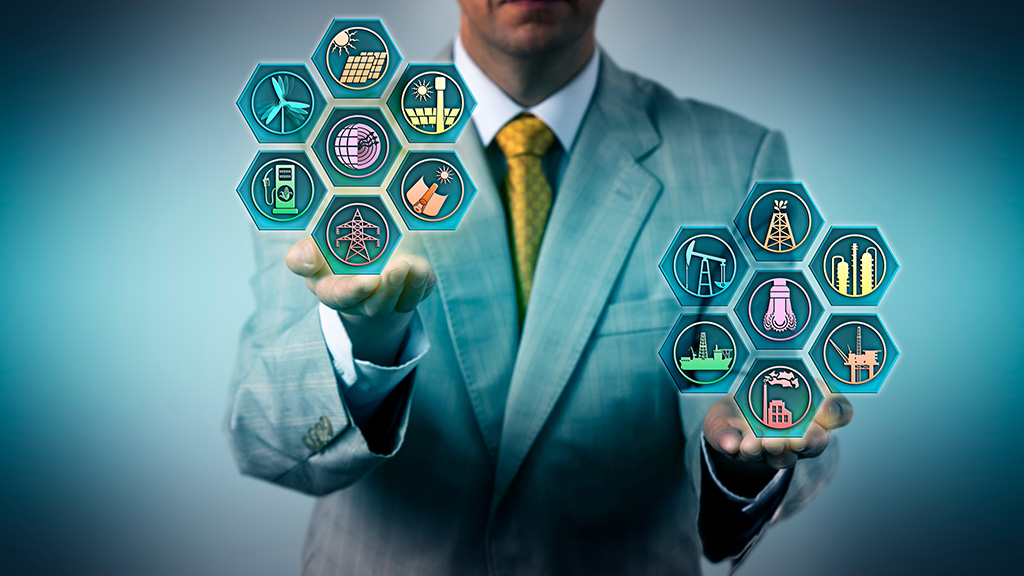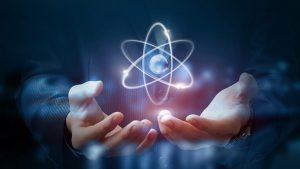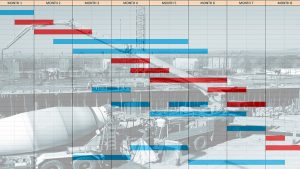The global demand for reliable and clean energy is on the rise as governments and big tech companies are looking for steady alternatives to fossil fuels.
A possible solution could be a combination of solar, wind, gas and nuclear energy, specifically Small Modular Reactors (SMRs).
SMRs are advanced nuclear reactors with a capacity of up to 300 MW per unit, one-third of the power that standard nuclear reactors can produce. They can be assembled in a factory and are easier to transport than their traditional counterparts due to their smaller size.
SMR-based power units may need refuelling every three to seven years instead of every one to two years for standard nuclear plants. Certain SMRs are built to run without refuelling for as long as 30 years. Compared to the reactors found in conventional nuclear power facilities, SMRs are also associated with cheaper capital costs and shorter construction timelines. Since they produce less energy, they can also function in grids with smaller capacities.
As well as being convenient to install and maintain, SMRs could positively impact the environment due to their zero carbon emissions. These nuclear reactors have the potential to provide energy to customers in remote locations.
According to Polaris Market Research, the worldwide SMR industry was estimated to be worth $9.5 billion in 2021 and is projected to grow to $13 billion this year.
According to new findings, the construction of SMRs will be more affordable and take less time than large nuclear projects. However, a 2020 University of British Columbia study concludes the lifetime cost of electricity generated by SMRs may be considerably more than for power generated by diesel fuel. The study shows the main function of SMRs should be to act as a backup if intermittent renewable energy cannot meet demands.
Over the last two years, public funding for SMRs has grown significantly, with the U.S. and Canadian governments pledging hundreds of millions of dollars. The International Energy Agency estimates government support for SMRs has increased tenfold in the past few years.
Similarly, businesses are also funding the SMR industry’s expansion. Companies developing SMR designs include NuScale, Électricité de France, Toshiba, Rosatom and China National Nuclear. The British government is also providing financial support to new developments in this field by Rolls Royce.
It is important to consider whether SMRs are safer than older nuclear reactors. Those favouring SMRs over conventional reactors believe their design minimizes the probability of a meltdown, due to new fuel types and fallback emergency systems. However, smaller reactors are likely to be situated near residential areas, putting local populations at greater risk in case of an incident.
Similar to large nuclear plants, SMRs generate radioactive waste requiring secure storage. Lindsay Krall, lead author of an article appearing in Proceedings of the National Academy of Sciences says, “Even if we had a robust waste management program, we think there would be a lot of challenges to deal with some of the SMR waste.”
Several SMR designs, which include molten salt and sodium cooling, may generate waste that requires further processing before it can be safely stored in a repository.
A report by Allied Market Research states the market for Small Modular Reactors is projected to grow at an annual rate near nine per cent between 2023 and 2032. According to the Nuclear Energy Agency, the global market for SMRs may grow to 21 gigawatts by 2035.
Major market trends for SMRs will include standardizing their design, integration with intermittent renewable energy, and increasing grid flexibility. A major side benefit over the next three decades would be the elimination of 15 gigatons of CO2 emissions.
With global electricity demand increasing, the development of SMR technology will provide another source of emission-free energy. Compared to conventional nuclear reactors, SMRs have shorter construction timelines, lower fuelling requirements and they present more location options.
However, these reactors are less cost efficient and require more complicated waste management systems. With government and corporate funding, it is expected future SMR designs will address these challenges and contribute to the global reduction of CO2 emissions.
Dmytro Konovalov has over 10 years of experience in equity research and analysis for global markets at leading international financial institutions.










Recent Comments
comments for this post are closed